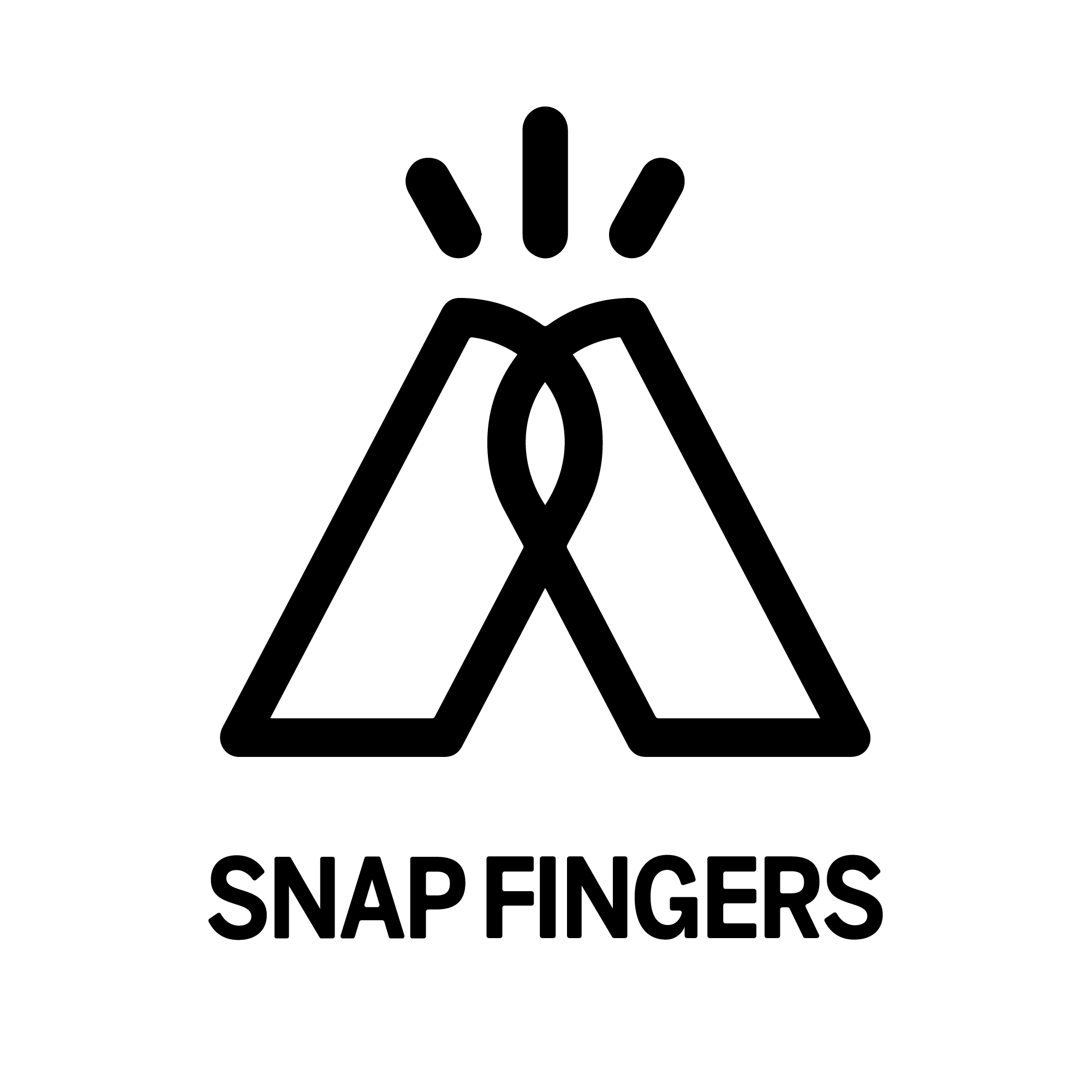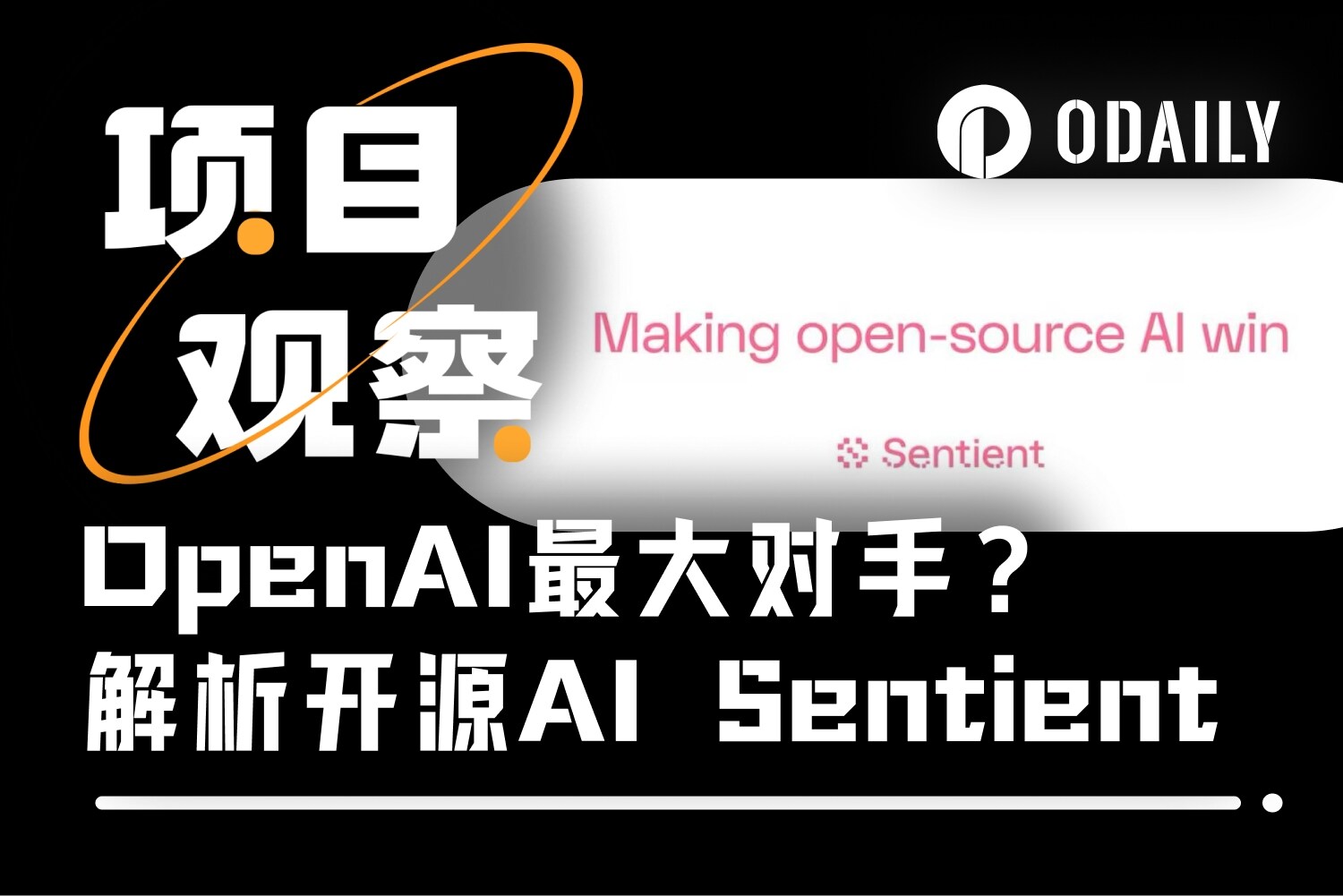Explain DAO's token economic model in detail: How do different types of DAO design incentive mechanisms?
2020 belongs to DeFi, 2021 belongs to NFT, and 2022 will be the year of DAO.
— Messari Annual Report
According to DeepDAO data, as of April 12, the number of DAOs has grown to 4,833, and the asset management scale has increased from US$920 million in May last year to US$11.8 billion, an increase of 1182%. There are 169 DAOs over $100 million.
The primary purpose of a DAO is to solve problems and create value. Members of DAO become participants in organizational activities by holding Token, and the appreciation of Token will also get due returns. To a certain extent, the state of co-governance and sharing of owners and workers has been realized.
secondary title
01 Venture capital DAO: CultDAO full of cult atmosphere
At the end of March, CultDAO’s token $CULT skyrocketed 365 times in 9 days, making this organization a hot topic in major communities. CultDAO is a DAO with a strong ideology, emphasizing the decentralization of investment decision-making power.
From the perspective of the economic model, CultDAO is a decentralized venture capital fund: the community votes through proposals, and community members participate in the investment as investors through crowdfunding in a decentralized manner, and then return the return on investment to CultDAO tokens in the form of dividends pledgers.
The DAO treasury is funded from a 0.4% tax on each transaction of the token $CULT. Stake $CULT to get pledge certificate $dCULT. There are two identities for dCULT holders:
"The Guardians": The top 50 dCULT holdings have the right to propose the DAO, but do not have the right to vote on the proposal.
"The Many": dCULT holders other than The Guardians have the right to vote on proposals, but not the right to propose.
If the proposal is passed, 13 ETH will be allocated from the DAO treasury for investment. When the treasury collects 15.5 ETH and there is a proposal that has been voted, CULT worth 2.5 ETH in the 15.5 ETH will be entered into the black hole wallet and destroyed, and the other 13 ETH will be invested in the project that passed the proposal.
The project to be invested needs to sell the pre-agreed project tokens and exchange them for CULT after issuing tokens. 50% of the CULT will go into the black hole wallet, and the other 50% of the CULT will be distributed to CULT stakers as rewards.
CultDAO insists on complete decentralization, the founders always remain anonymous, and reject the support of centralized investment institutions. Investment behavior is executed by smart contracts that cannot be upgraded without interference. Has a token burning mechanism to ensure a deflation model. The organization is simple and the division of labor is clear.
Differences from traditional VC:
Source of investment funds. Traditional VC funds come from investors, while CultDAO comes from the tax system in its own economic system, that is, the handling fee generated by each $CULT token transaction.
decentralization. Traditional VC requires the team to conduct research on the project itself. CULTDAO delegates this right to the community, with 50 guardians acting as research roles, and everyone in the community is a VC.
divided into ways. Traditional VC income comes from project management fees and dividends. All members of the CultDAO community are investors, and the investment profits are used to repurchase CULT, half of the remaining part is destroyed, and half is returned to the pledgers.
CultDAO’s strong deflationary design performs well when the investment income is high, and can achieve a positive cycle, but once the market performs poorly and funds are scarce, it will lead to a vicious circle of declining investment income. In addition, the ve model under the pledge system may cause bribery problems.
secondary title
02 Media DAO: BanklessDAO
BanklessDAO builds communities, invests, earns income, and motivates members through 13 guilds. The 13 guilds are writing, finance, translation, research, operations, marketing, law, education, design, business development, development, video, and data analysis.
BanklessDAO's token $Bank, with a total of 1 billion pieces:
30% community participants;
30% community treasury;
40% is given to the community treasury as a linear unblocking of 3-year options.
BanklessDAO User Level:
Level 0: Visitors - Free Entry
Level 1: Member—holds 35,000 BANK
Level 2: Contributor——holds 35,000 BANK + Genesis Team invitations
Level 3: Whale ——Hold 150,000 BANK
How BanklessDAO earns income:
Paid content: such as DeFi courses
Sponsorship: Gitcoin bounties, donations, hackathons
DeFi Products: BED Index
Apparel Marketing: Offline Apparel Marketing by MetaFactory
NFT Sales: Collaborate with Artists to Sell NFTs
Looking for capable artists
Allow them to make NFTs stamped by Bankless DAO
Agree on revenue split between DAO and artists
secondary title
03 Social DAO: FWB DAO
Friend With Benefits DAO (FWB DAO for short) in the Web3 world literally means "friends with benefits", but in foreign contexts, it mainly refers to "friends with benefits". In the Web3 world, FWB DAO gathers artists, creators, and thinkers. It is an autonomous, creative Internet-native community with human values at its core. In September last year, FWB DAO received an investment of US$10 million from several top investment institutions such as a16z.
Although FWB DAO is a social DAO, it is more like a private club. To join the DAO, you not only need to fill out the form, pass the strict identity review of the internal committee, but also need to buy their tokens as tickets. There are two categories of FWB DAO membership:
Global membership: Tickets are 75 $FWB, can enter all Discord channels and content, can participate in different online and offline activities and have governance rights.
Local members, 5 $FWB tickets, can participate in offline activities and Discord channels in the city.
The economic model of $FWB is simpler, with a total supply of 1 million:
59% in circulation
35.6% in community vaults
19.9% reserved for the team
4.4% provide liquidity.
secondary title
04 Favorite DAO: PleasrDAO
PleasrDAO was proposed by PoolTogether co-founder Leighton Cusack and was established specifically for the purchase of NFT. The team consists of DeFi leaders, early NFT collectors and digital artists. In December last year, PleasrDAO was invested by a16z.
secondary title
05 Grant DAO: MolochDAO
MolochDAO is an Ethereum fund plan initiated by 22 members including Spankchain CEO Ameen Soleimani of the Ethereum platform, which aims to provide financial support (crowdfunding) for Ethereum infrastructure projects.
The operating mechanism of MolochDAO is that interested parties can send (donate) a certain amount of ETH to the system, and existing members vote to decide whether to accept them as members. Members can submit funding proposals to the platform and vote on other funding proposals from other members in the system (minority obeys majority). After voting, MolochDAO will provide financial support to certain projects.
MolochDAO members are anonymous, voting and donating ETH are all done on the chain, and voting rights are determined according to the amount of ETH donated. If a member holds a large number of voting rights and makes a "wrong" investment decision, other members can choose to withdraw; at that time, the ETH funds in the fund pool will be allocated according to the proportion of voting rights.
Summarize
Summarize
DAO builds a sustainable development model through the collaboration of members within the organization. The initial members may gather together because of goals, visions, and culture. In the long run, the incentive mechanism is indispensable, and the token economic model is directly linked to the incentive mechanism. Before CultDAO, whether it was donation DAO, collection DAO, media DAO... the common practice was to raise treasury funds through token issuance, and tokens represented rights such as asset ownership, dividend rights, decision-making rights, and certificates to enter DAO. As the assets of the DAO treasury increase and the demand for entering the DAO becomes higher, the value of the token will increase.
The innovation of CultDAO is that the treasury funds come from the CULT token transaction tax. When the investment efficiency and income of DAO increase, the demand for purchasing and pledging CULT will also increase, and the treasury funds will also increase. A deflationary mechanism is formed through pledge and destruction, which further strengthens the appreciation of CULT tokens and forms a positive cycle.
The DAO operating model and incentive mechanism can complement or weaken each other. The incentive model combining traditional company stocks and wages is already very mature. In the Web 3 world, tools such as identity management, community management, and voting can achieve finer-grained and higher contribution evaluation, which is bound to be able to innovate in the incentive mechanism. Of course, the current It is still in the early stage and needs to be tried and explored. Once a successful model is formed, it will be a major progress in the history of human organization collaboration.



